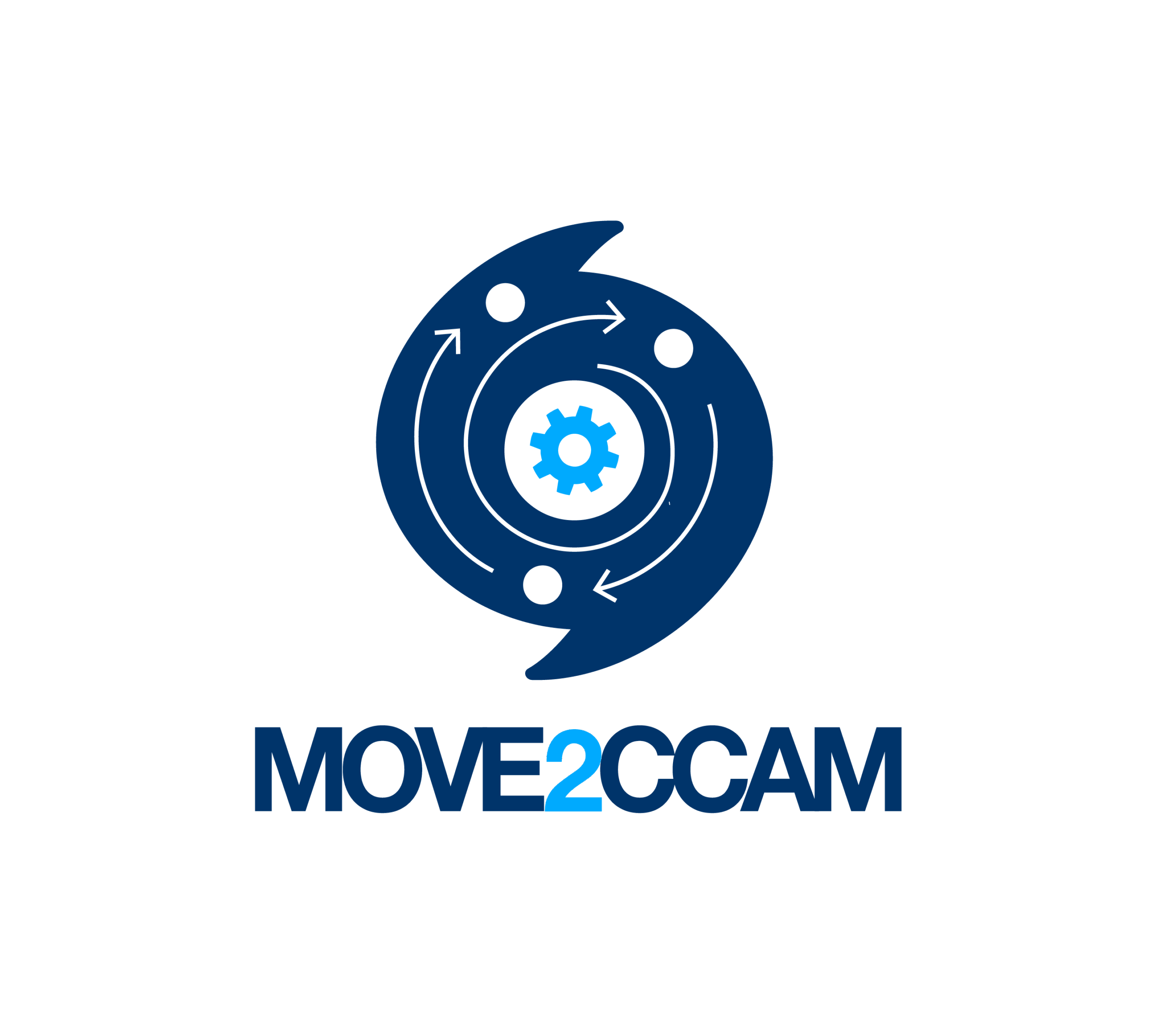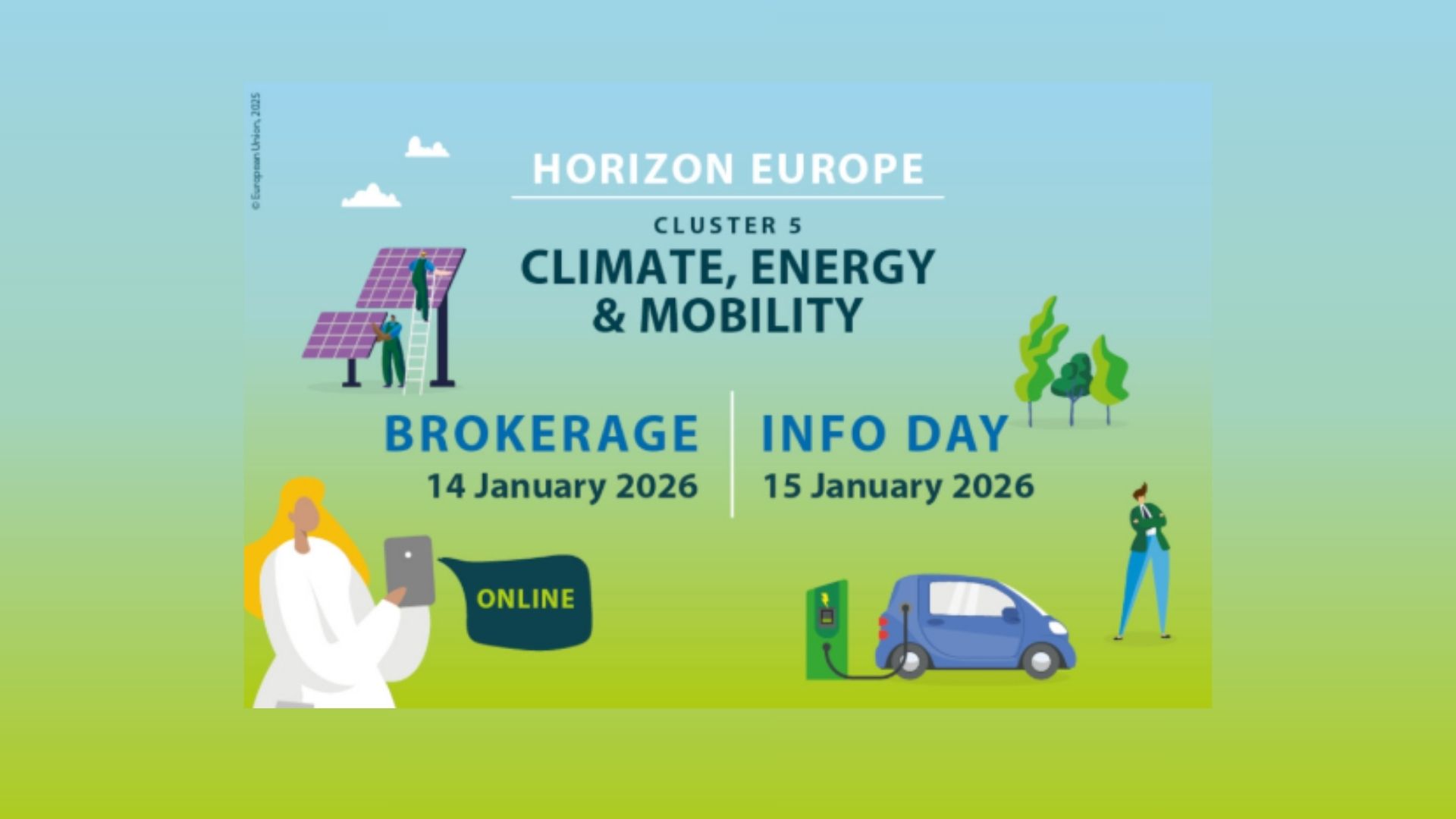Discover MOVE2CCAM Impact Assessment Modelling Tool (IAMT)

In the coming years, CCAM will no longer be a vision, it will become an everyday reality. As vehicles begin to communicate with each other and the surrounding infrastructure, the implications for cities, societies, and individual lives become increasingly urgent to understand.
Exploring these impacts was the central aim of MOVE2CCAM (MethOds and tools for comprehensiVE impact Assessment of the CCAM solutions for passengers and goods), an EU-funded project that concluded in June 2025 after nearly three years of multidisciplinary research. Coordinated by BABLE GmbH, the project united partners from Europe, the UK, and the USA to explore how automated mobility will shape the social, economic, environmental, and health dimensions of our world. Three regiones are involved as prototypical, namely, Helmond, GZM and North Aegean Region.
While many large-scale pilots have proven the technical feasibility of autonomous mobility, societal readiness still remains less explored. “It is important that the human factor is not left behind,” said MOVE2CCAM coordinator Héctor Cañas from BABLE. The project aimed to close that gap by placing citizens at the centre of the analysis, ensuring that mobility solutions and policy frameworks align with public needs and values.
At the core of the project was an unprecedented effort to involve the public. More than 9,000 citizens across eight diverse European countries—Cyprus, France, Germany, Greece, the Netherlands, Poland, Spain, and the UK—took part in co-creation workshops, surveys, virtual reality experiments, vehicle demonstrations, and interviews. These regions were carefully selected for their differing transport systems, demographic profiles, and infrastructure maturity, providing a broad lens on CCAM societal readiness.
Citizens proposed context-specific applications, such as autonomous shuttle buses in rural areas, drones delivering medicine, and self-driving freight vehicles to address labour shortages in logistics. These discussions were not purely hypothetical; they directly informed the development of MOVE2CCAM’s analytical framework and tools.
The results were collected in Deliverable 3.4, which presents the findings of this large-scale, multi-method study exploring the perception of self-driving vehicles across eight impact domains, including mobility, transport networks, land use, environment, economy, equity, public health, and safety.
The findings showed that Citizens tended to perceive automated vehicles as safe, comfortable, and accessible, but also expressed concerns about personal security, cyber threats, and potential job losses. Organisational stakeholders shared these mixed feelings. They saw benefits in terms of improved efficiency and extended service hours, yet pointed to challenges such as high implementation costs, limited infrastructure readiness, and a lack of user trust. While some participants expected reductions in parking demand and traffic congestion, many predicted an overall rise in travel demand and notable shifts in land use. Despite the optimism about CCAM’s potential, both citizens and organisations stressed the importance of maintaining human support, prioritising inclusive design, and putting in place strong regulatory safeguards.
A major achievement of the project is the Impact Assessment Modelling Tool (IAMT)—a unique digital tool that allows policymakers, researchers, and city authorities to simulate the long-term impact of various CCAM technologies. Developed through a combination of system dynamics modelling and machine learning, IAMT can forecast how technologies like self-driving taxis, delivery robots, and automated public transport could influence emissions, land use, job markets, equity, and safety all the way to 2050.
Behind this tool, there’s the willingness to address some big questions people have about automated mobility: Will it reduce pollution, or create new problems? Will it make travel easier for everyone, or just a few? Will it replace jobs, or create new ones?
The tool currently supports simulations for three regions: Helmond (Netherlands), the Upper Silesian metropolitan area in Poland (GZM), and the North Aegean in Greece—each with contrasting mobility landscapes and policy environments. In Helmond, simulations projected that self-driving taxis could reach over 70% adoption by 2050, compared to 60% in GZM and 45% in North Aegean. Adoption rates for delivery drones showed a similar pattern, with infrastructure readiness and public perception playing key roles in uptake.
Beyond adoption forecasts, IAMT offered broader systemic insights. It suggested that traffic congestion might remain manageable if CCAM systems are well planned. Preparing for future mobility requires forward-looking modelling, inclusive policymaking, and careful scenario planning. However, significant investments will be required in charging infrastructure, and employment patterns may shift—potentially reducing driving roles while boosting demand in tech and logistics sectors. Equity also emerged as a critical issue: without inclusive design and policy safeguards, vulnerable groups could be left behind. Another key lesson is that CCAM’s impact will vary greatly depending on regional infrastructure and governance, so it isn’t a one-size-fits-all deal.
IAMT was not developed in isolation. Citizens and professionals actively shaped the tool through workshops, co-designed scenarios, and feedback on early prototypes. Their involvement helped ensure that the tool reflects real-world needs and expectations. Here’s another key takeaway: public involvement improves acceptance and helps shape better solutions.
Looking ahead, the MOVE2CCAM team is committed to maintaining and expanding IAMT. A training course is in development, and the project team is exploring the possibility of licensing the tool with different fee options, including for example a free version for university research projects.
There are also plans to integrate more regions and use cases as new CCAM demonstrations take place across Europe : “All large-scale demos will need to evaluate societal needs and impacts,” said Cañas. “We see this tool as an asset for these projects, and hope to include more scenarios and end-use cases as we move forward.”
You can explore the IAMT yourself online with a click!
And here you can have a look at the project deliverables and resources.

